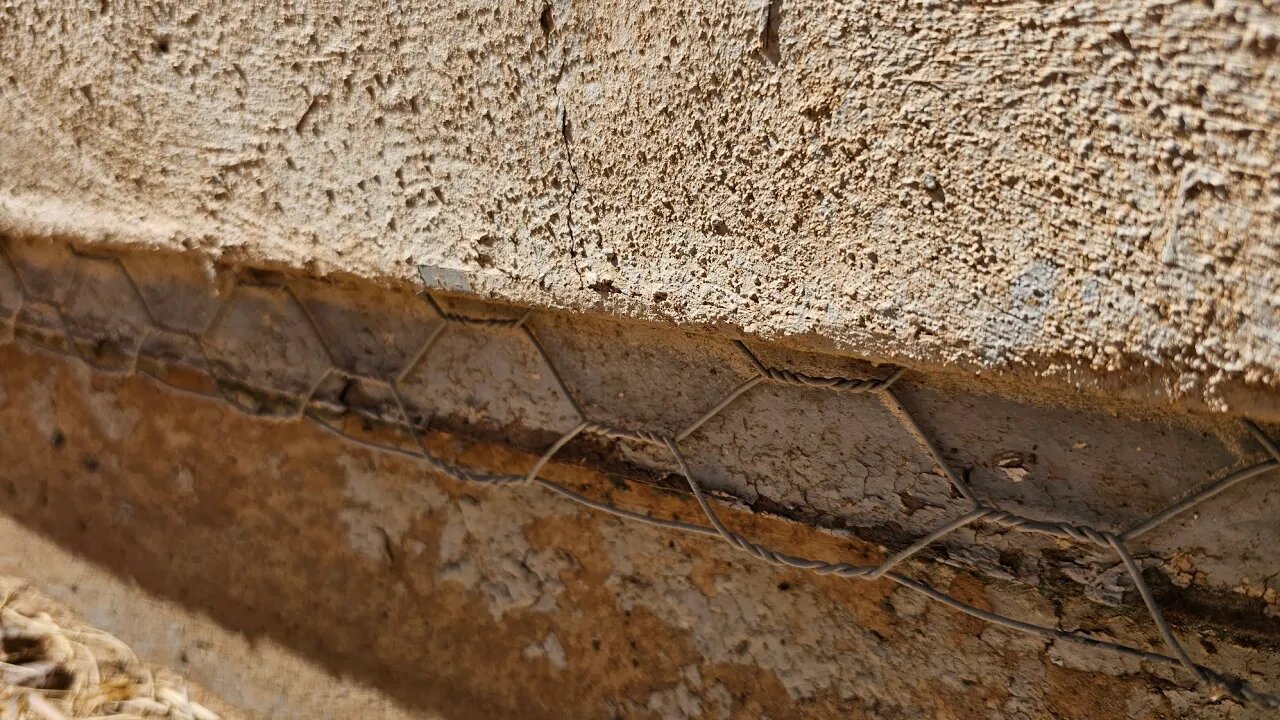Premium Only Content

The Importance of a Weep Screed for Your Stucco Wall
In this video, we'll discuss about the key element that is missing in your stucco wall – a weep screed. Not sure what a weep screed is? It's an essential component in any stucco wall installation which helps prevent water damage and moisture buildup. Without a weep screed, water gets trapped behind the stucco surface, leading to costly repairs in the future.
Our experts will explain the benefits of a weep screed and the role it plays in protecting your walls from water-related damage. Our easy-to-follow guide will show you how to install a weep screed and the tools needed to do so.
So, whether you're building a new stucco wall or looking to renovate an existing one, understanding the importance of a weep screed is vital to ensure the longevity of your property.
So, join us today and learn the importance of a weep screed for your stucco wall, and how it can save you thousands of dollars in costly repairs down the line!
A weep screed is an essential component in a stucco wall system. Its primary importance lies in its role in moisture management. Here's why a weep screed is important and what might happen if it isn't installed properly or at all:
Moisture drainage: A weep screed is designed to provide a drainage mechanism for any moisture that may accumulate behind the stucco wall. It typically features small holes or channels that allow water to escape. Without a weep screed, water that penetrates the stucco system or condensation that occurs within the wall can become trapped, leading to moisture buildup.
Water damage prevention: Moisture trapped behind a stucco wall can cause various issues, such as rotting wood, corrosion of metal components, mold growth, and degradation of the stucco itself. The weep screed acts as a safeguard by allowing water to exit the wall system, preventing potential damage to the underlying structure.
Expansion and contraction accommodation: Stucco walls are subject to expansion and contraction due to temperature and humidity changes. A weep screed provides a gap between the stucco and the foundation or framing, allowing for movement without cracking or buckling of the stucco finish.
Code compliance: Building codes often require the installation of a weep screed in stucco wall systems. Failing to comply with these regulations can result in issues during inspections and potentially delay construction or renovation projects.
If a weep screed is not installed or is installed improperly, the following problems may occur:
Trapped moisture: Without a weep screed, water that penetrates the stucco or condensation that occurs within the wall can become trapped. This can lead to long-term moisture damage, including rot, mold growth, and deterioration of the wall assembly.
Efflorescence: Efflorescence is the white, powdery deposit that appears on the surface of masonry materials like stucco when water-soluble salts migrate to the surface and crystallize. When moisture is trapped behind the stucco due to the absence of a weep screed, efflorescence can occur, affecting the aesthetic appearance of the wall.
Stucco failure: Without proper drainage and accommodation for expansion and contraction, the stucco can crack, bulge, or separate from the underlying substrate. This can compromise the integrity of the wall system and require costly repairs.
Structural damage: Prolonged moisture exposure without proper drainage can lead to structural damage, particularly if wood framing or other vulnerable materials are affected by rot or decay.
In summary, the installation of a weep screed is crucial for a properly functioning stucco wall system. It helps manage moisture, prevent damage, accommodate movement, and ensures compliance with building codes. Neglecting to install a weep screed or installing it incorrectly can lead to a range of problems, including moisture damage, efflorescence, stucco failure, and structural issues.
#stucco #weepScreed #homeinspection
-
 0:42
0:42
Home Inspector Dan
1 year ago $0.02 earnedUpgrade Your Electrical Panel : Say Goodbye to Plywood Backer Boards
77 -
 LIVE
LIVE
Lofi Girl
3 years agolofi hip hop radio 📚 - beats to relax/study to
190 watching -
 LIVE
LIVE
B2ZGaming
5 hours agoPumped To Play!!! | B2Z Gaming
77 watching -
 3:01:28
3:01:28
PandaSub2000
18 hours agoDEATH BET w/MrMatthews + GAME BOY! (Edited Replay)
18K2 -
 LIVE
LIVE
Ashaelon
7 hours ago $0.04 earnedWelcome to the Harvest Zone
67 watching -
 18:07
18:07
Nikko Ortiz
1 day agoYou Laugh You Go To Hell...
92.1K19 -
 23:24
23:24
GritsGG
15 hours agoSpectating Solos! Most Winning Player Watches Random Solo Players!
9.97K1 -
 32:09
32:09
ThisIsDeLaCruz
2 days ago $8.93 earnedFalling In Reverse: Christian Thompson’s Stage Tech Revealed
62.3K12 -
 18:03
18:03
Nikko Ortiz
2 days agoEBT Meltdowns Are Insane...
64.4K147 -
 2:02:46
2:02:46
Badlands Media
1 day agoDevolution Power Hour Ep. 405: Live from Cocoa Beach
207K74